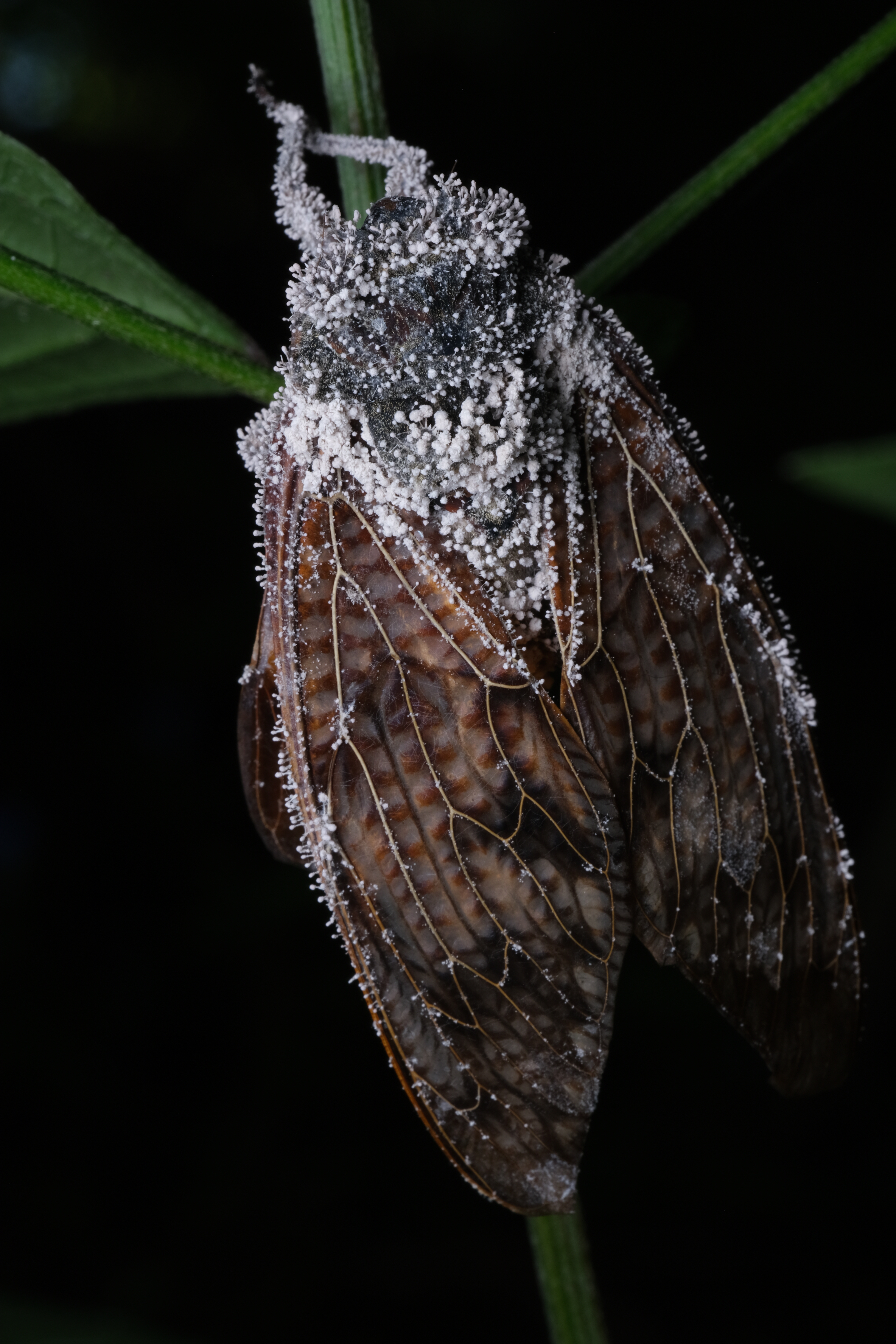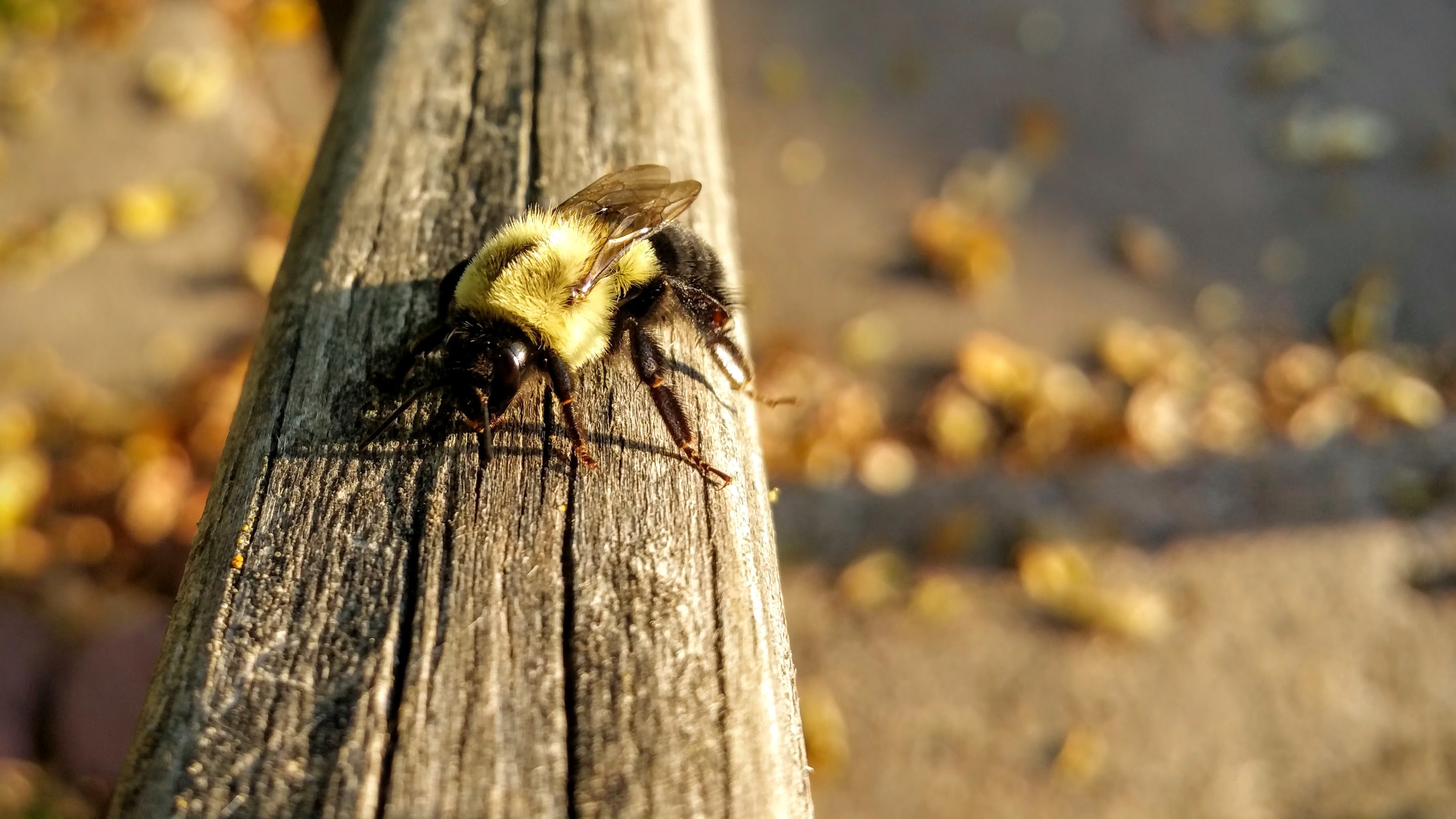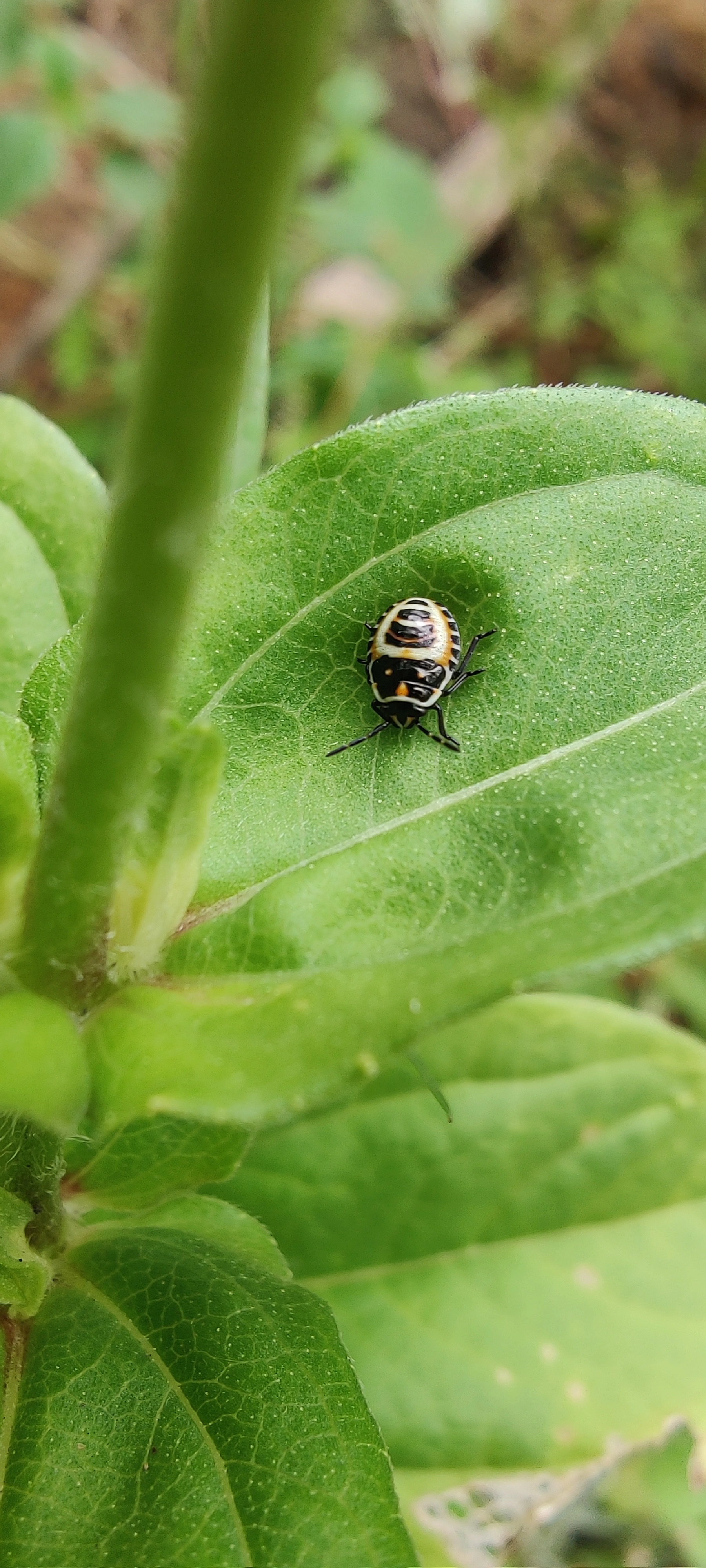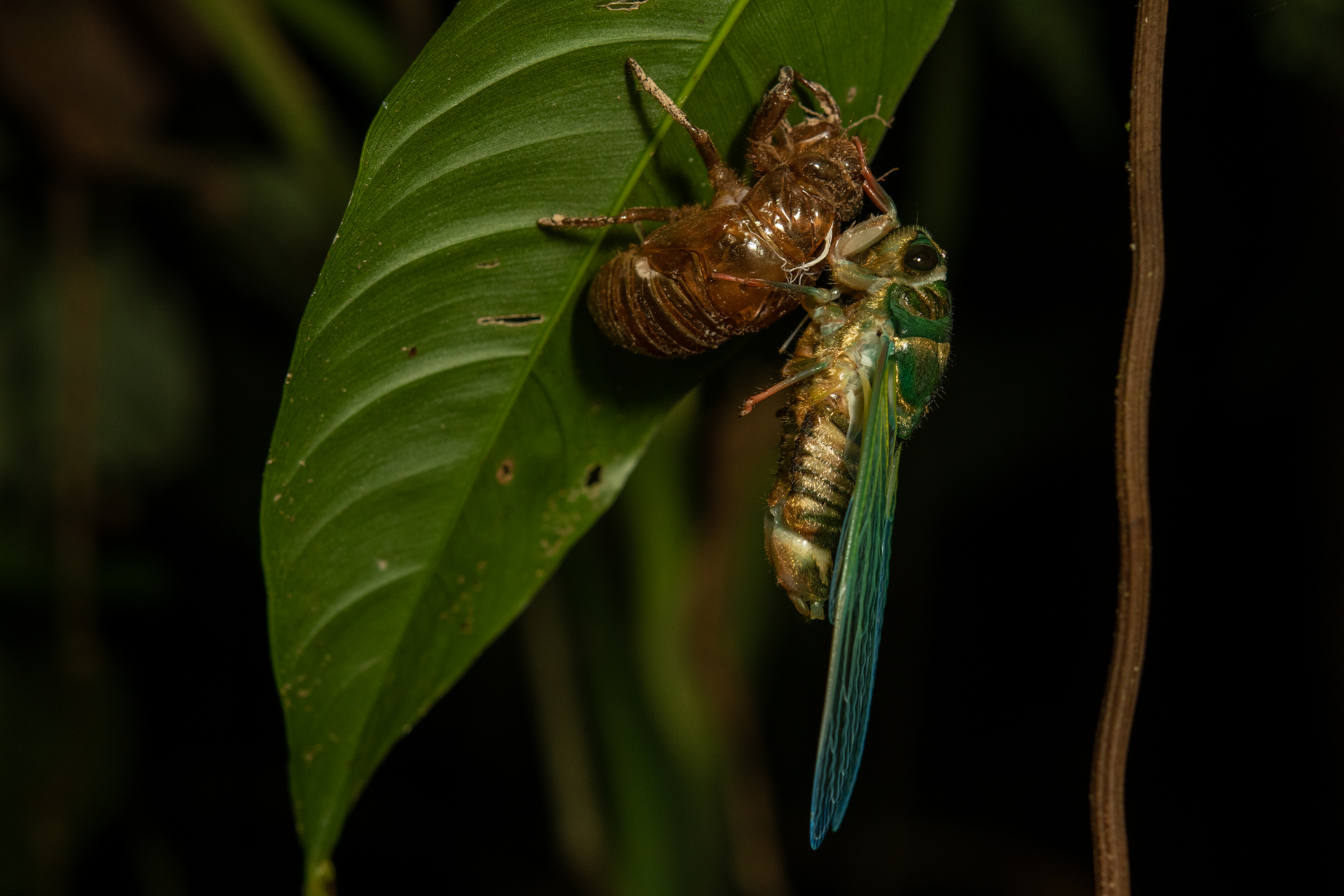Entomology
462 readers
1 users here now
A general community to post things about insects
For more specific communities:
Isopods and Myriapods: [email protected]
A community for our eight-legged friends: [email protected]
founded 1 year ago
MODERATORS
51
52
53
54
55
56
57
58
59
2
Conservationists race to save critically endangered insect found in the River Dee in Wales
(www.buglife.org.uk)
60
61
62
63
64
65
66
67
68
69
70
71
72
73
74
75
















